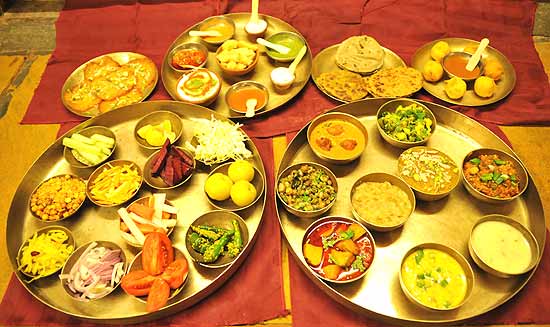Arts & Culture of Gujarat
There are four groups of people who came to inhabit this land at different points of time and now form the majority here. Jats came from a place in Iran called Half (to be known latter as Jat) and they were herders by occupation. Around five hundred years ago they came to Kutch and Sind in search of new grazing pastures and settled there. Those who joined agriculture called themselves Garasia Jats and those who continued their ancestral occupation were known as Dhanetah Jats, and those who chose to study the Koran became Fakirani Jats.
The Harijan is the name given by Mahatma Gandhi to the Meghwals, who originally came from Marwar in Rajasthan. They are the masters of weaving cotton and wool as also embroidery and appliqué work. The Ahirs came with Lord Krishna from Gokul in Uttar Pradesh.
Most of the communities of Ahirs began with selling ghee and milk and are now spread all over the state.
Crafts in Gujarat are a way of life, a process that transforms even the most mundane object of daily use into a thing of beauty. The skill of the Gujarati craftsperson-be it a weaver or a metalworker, a woman who embroiders for herself or a potter who creates pieces of art out of clay-is bound to leave one spellbound.
Wood carving is another important craft in Gujarat, evident in the many elaborately carved temples, havelis (mansions) and palaces as well as objects of daily and ritual use. Utensils are another area where the craftspersons of Gujarat have excelled.
Gujarat is also famous for its terracotta work, especially votive terra-cotta figurines which one can find by the hundreds at small shrines built in forests, along roads, outside villages, on lonely hill-tops and under large trees, especially in south Gujarat.
Jewelry is yet another fascinating craft in Gujarat. Each tribe or clan has different types of ornaments and each of them has retained the uniqueness of these ornaments.


















